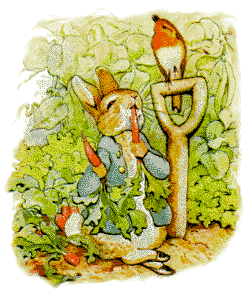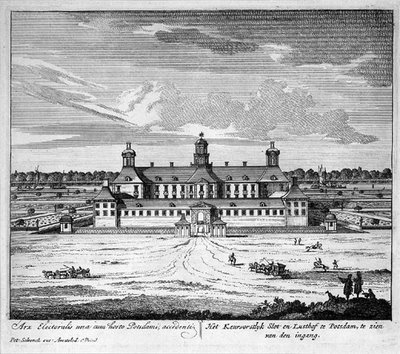
Figure of a griffin, gold, 4th century BC
In a mindset familiar with art exhibitions that cover several centuries of material, one might do a double-take at the newest show to open at the Amsterdam Hermitage, one of the city's exciting new cultural venues. The exhibition, Persia: Thirty Centuries of Art, is on loan from the State Hermitage Museum in St. Petersburg.
That's right, thirty centuries. Thirty centuries of art from the Russian Hermitage, for the Amsterdam Hermitage, on view in a 17th-century Dutch canal building that's undergoing a Modernist renovation. That's a lot in one bite.
In the early 1990s, the State Hermitage began researching satellite venues in Western Europe, as a means of further displaying its collections. They had already worked closely with the Nieuwe Kerk, Amsterdam's main exhibition center, on a variety of cultural projects, so the city seemed a likely option. All they needed to find was a location. When the Amstelhof building, built in the early 1680s, was given to the city in 1999, a deal was struck and the €39-million Amsterdam Hermitage is slated to open in 2009. In the meantime, a smaller gallery has opened within the complex and functions as the primary venue. When completed, the Amsterdam Hermitage will provide the St. Petersgburg Hermitage with more than 40,000-additional square feet of programmable space.

Bas-relief fragment depicting a Persian warrior, stone, 5th century BC

Flask, faience, late-16th/early-17th century
The Hermitage's collection of material from the Persian Empire was amassed largely by Peter the Great, who began excavations of Scythian Empire burial grounds in southern Russia during the early 18th century. The collection has grown over the centuries, and now contains objects from antiquity to the end of the Qajar Dynasty (1785-1925).
Promotion of the arts of Persia in a Western capital city, offers a rare glimpse into the often-misunderstood Islamic culture, via the powerful and ethereal arts it produced. It also clearly reaffirms the millennia-long connection, as well as the present alliance, between Russia and modern-day Iran.

Two lovers, oil on canvas, early 19th century
Persia: Thirty Centuries of Art
March 31 - September 15, 2007
www.hermitage.nl














































